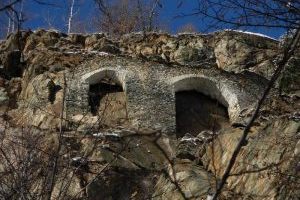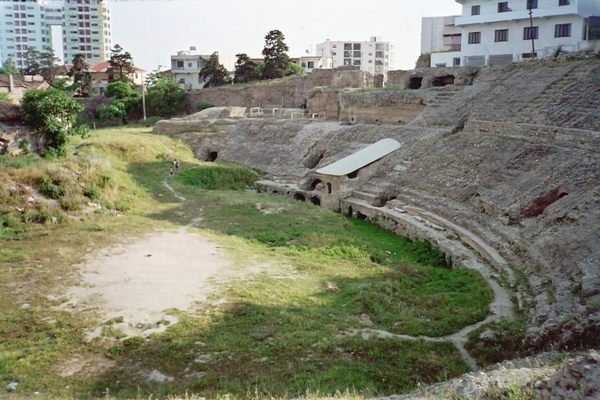About
In the far northwestern corner of Italy, the small city of Aosta is situated in a stunning Alpine setting. Founded in 25 B.C. and nestled in a long, steep-sided valley, the city has long been a stopping point on the Via Francigena, the ancient Roman road and pilgrimage route between Canterbury, England, and the capital of the Roman Empire.
As the first resting place after the arduous journey over the Grand Saint-Bernard Pass from Switzerland, the citizens of Aosta aimed to give visitors and returning Roman legionaries a magnificent first impression of Italy. So, they built a city replete with villas, monuments, statues, parks, baths, and a city wall with many ceremonial gates.
Most prominent, however, was the city's Roman theatre, built at the beginning of the first century. Aosta's Teatro Romano towered over the city at a height of 72 feet (22 meters) and could accommodate over 3,000 spectators.
The southern facade of the theatre still stands today, with three rows of arched windows. Inside, spectators sat on semicircular terraces, known as cavea, overlooking the pulpitum, the front of the stage.
The function of the ruins was unknown until 1837 when the first archeological study took place. Between 1933 and 1941, the ruins were restored to their current glory. Today, the theatre remains in use for performances and other events.
Related Tags
Community Contributors
Added By
Published
May 8, 2024




























